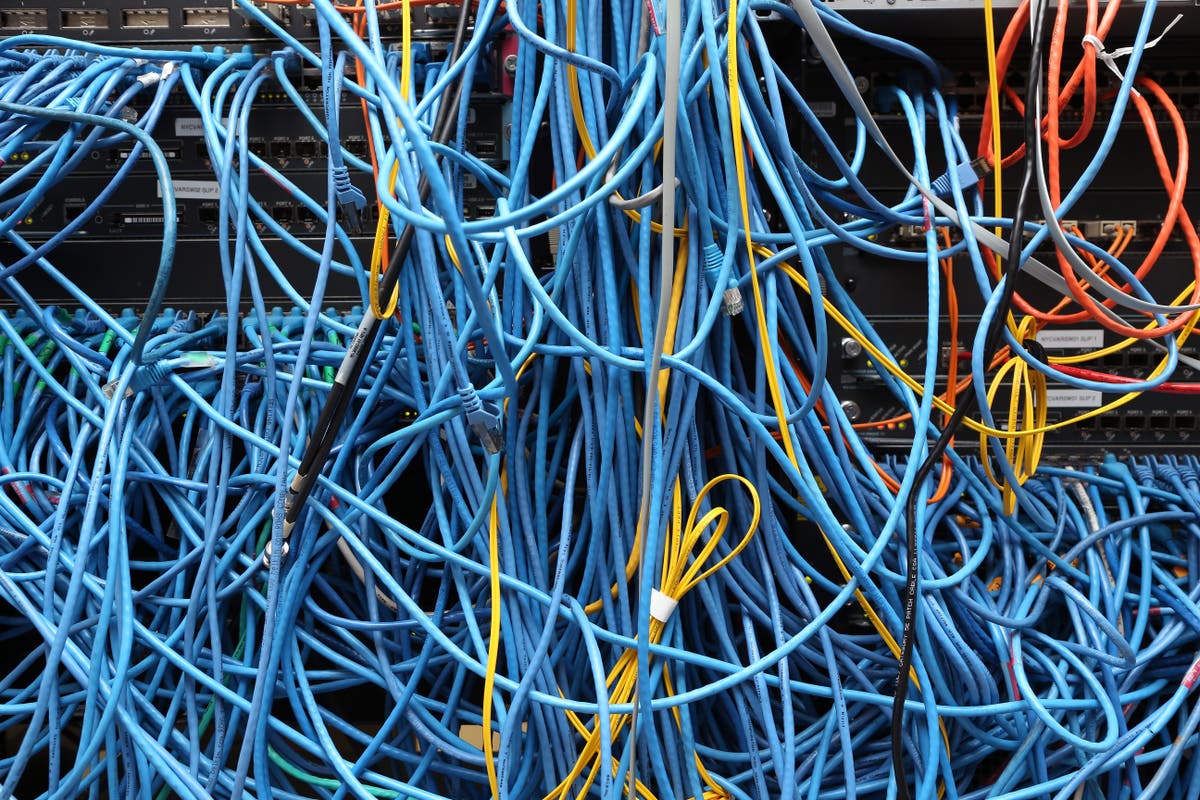Bad Bots Overrun the Internet, Threatening Its Integrity and Future

The internet, once a vibrant realm of human connectivity and creativity, is being overrun by automated bots programmed for malicious purposes. Multiple cybersecurity reports paint an alarming picture – bad bots now dominate internet traffic, fueling fears of a "dead internet" devoid of authentic human presence.
A report by Arkose Labs revealed the staggering prevalence of these malicious bots, accounting for a whopping 73% of all internet traffic in the third quarter of 2023 [1]. Imperva's "Bad Bot Report" corroborated this disturbing trend, indicating that nearly half (49.6%) of internet traffic originated from bots in 2022 – the highest level since the report's inception in 2013 [2].
The profound economic and social implications of this bot domination cannot be overstated. Businesses increasingly rely on data-driven decision-making, but the integrity of that data is compromised when bots manipulate metrics like traffic, reviews, and ad impressions. This can lead to misguided strategies, financial losses, and irreparable reputational damage.
Beyond the economic realm, bots actively influence public discourse by amplifying misinformation and specific narratives. They could sway elections, manipulate financial markets, and erode the overall quality of online information. Social networks and forums become diluted, undermining genuine human engagement and the trustworthiness of online communities.
The rise of bad bots can be attributed to two key factors: the advent of generative artificial intelligence (AI) and the growing sophistication of the criminal underworld through crime-as-a-service (CaaS) offerings.
As bots leverage deep learning and natural language processing to mimic human behavior with eerie accuracy, traditional cybersecurity measures are struggling to keep pace. Arkose Labs noted that intelligent bots employing AI techniques have become "skilled at adaptation as they target vulnerabilities in IoT devices, cloud services, and other emerging technologies" [1]. The line between authentic users and malicious bots is blurring, demanding a new generation of adaptive bot management solutions.
Moreover, the availability of CaaS has significantly lowered the barrier to entry for cybercriminals, enabling them to launch sophisticated attacks without specialized skills. As Kevin Gosschalk, CEO of Arkose Labs, noted, "The massive rise of CaaS has completely changed the economics for adversaries. It's much cheaper to attack companies, and the attacks are just better" [1].
The impact is already visible on platforms like X (formerly Twitter), where popular posts are inundated with comments from automated accounts advertising illicit content [2]. Owner Elon Musk proposed charging users to interact as a potential solution, but sophisticated bots designed to evade detection may render such measures ineffective.
Countering this growing threat requires a multi-pronged approach involving both technological advancements and regulatory measures. Sophisticated bot detection techniques, such as behavioral analysis, adaptive challenge-response tests, and collaborative filtering across platforms, are crucial.
However, legislative efforts to regulate the sale and use of bot services, akin to existing regulations for digital goods and services, could also play a vital role in curbing illegal activities. Ethical concerns surrounding privacy and surveillance must be carefully balanced, as robust bot detection measures may involve intrusive data collection practices.
The concept of digital identity verification may also need to evolve, with verifiable digital identities helping confirm user authenticity while respecting privacy and freedom.
As bad bots become increasingly advanced and the criminal ecosystem continues to thrive, cybersecurity experts warn of the looming threat of a "dead internet" – a virtual realm dominated by automated traffic, devoid of genuine human interactions and organic content. This alarming trend jeopardizes the integrity and trustworthiness of online information and the security of digital platforms and services.
Preserving the internet as a space for authentic human engagement and expression is a paramount challenge that demands a concerted, multi-stakeholder effort. Robust strategies to combat the menace of bad bots are crucial to upholding the internet's fundamental purpose as a catalyst for human connection, creativity, and the free exchange of ideas.
Sources:
[1] Townsend, K. (2023, November 22). Bad Bots Account for 73% of Internet Traffic: Analysis. SecurityWeek. https://www.securityweek.com/bad-bots-account-for-73-of-internet-traffic-analysis/
[2] Griffin, A. (2023, May 19). Humans now share the web equally with bots, report warns amid fears of the 'dead internet'. MSN. https://www.independent.co.uk/tech/dead-internet-web-bots-humans-b2530324.html



